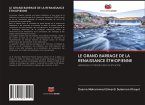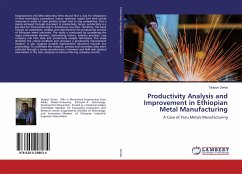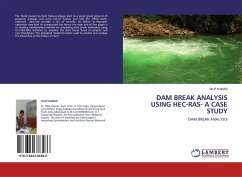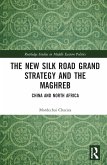Chapter one constitutes a brief introduction and literature review of the grand Ethiopian renaissance dam (GERD) from the view point of general introduction, historical background, cost and financing of this great project. In chapter two design of grand Ethiopia renaissance dam was introduced and discussed thoroughly from the consideration of introduction, two dams, three spillways, power generation and distribution, early power generation, siltation and evaporation, construction, benefits, and environmental and social impacts. Chapters three discusses renewable energy in Ethiopia. The study has been taken from the point of view of electricity supply, hydropower, wind power, solar power, geothermal power, biofuels, and exports.Chapters four discusses dams and reservoirs in Ethiopia from the considerations of introduction, issues, financial costs, delays and technical challenges, resettlement, siltation, droughts, transboundary impacts, and Governance.








